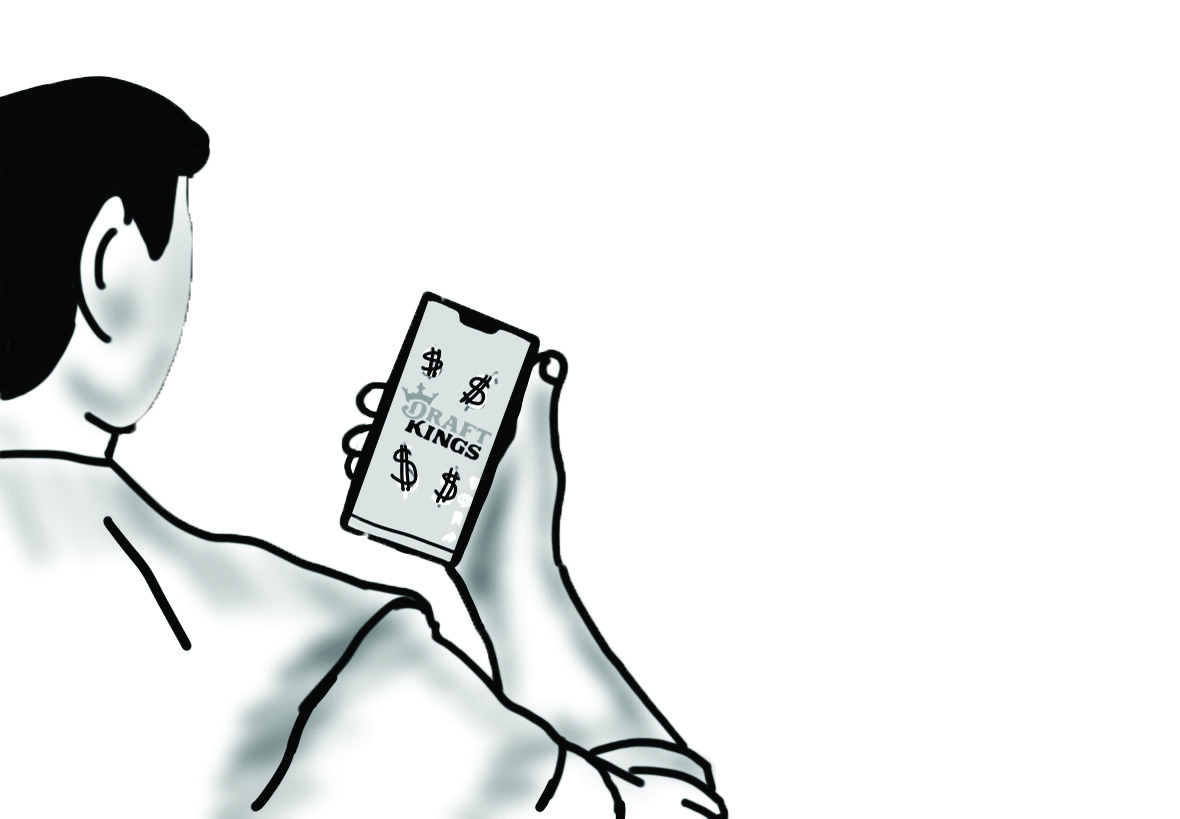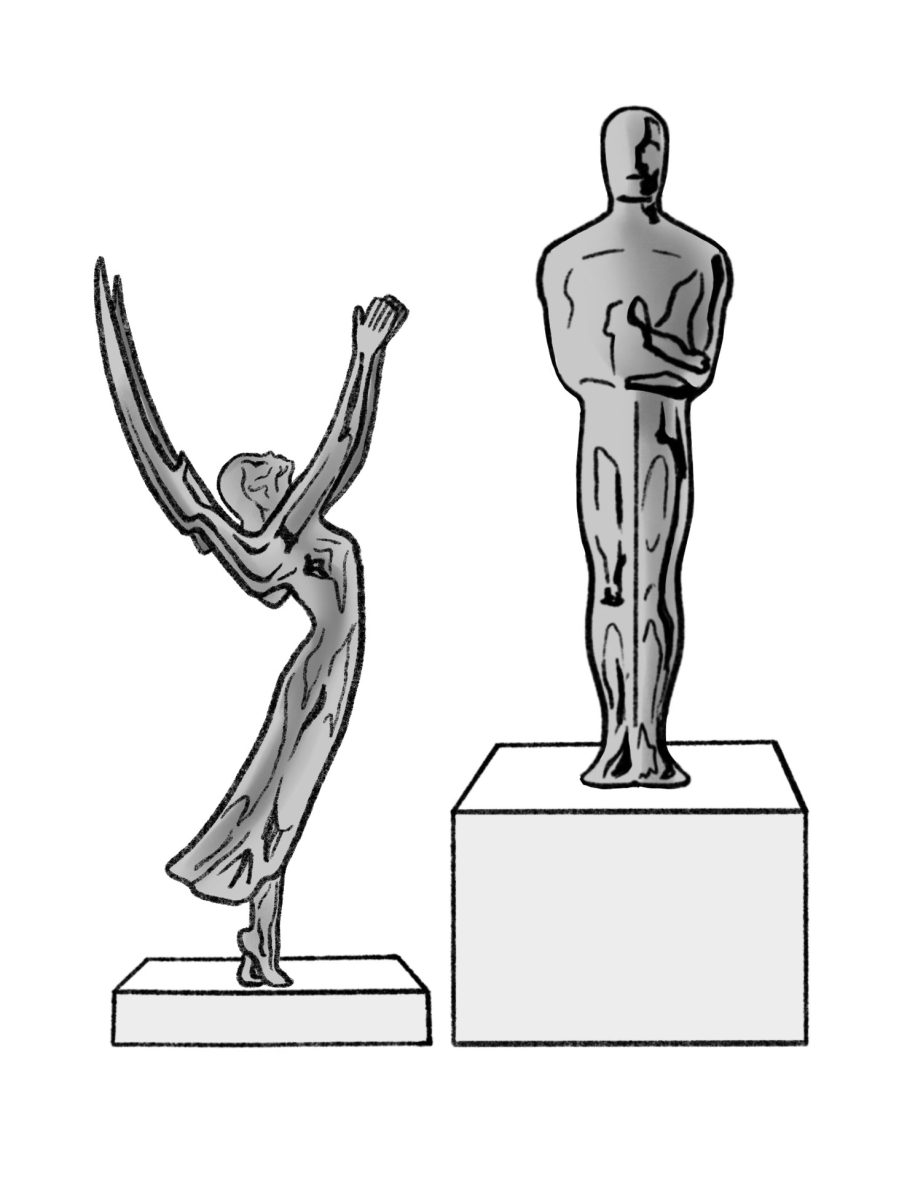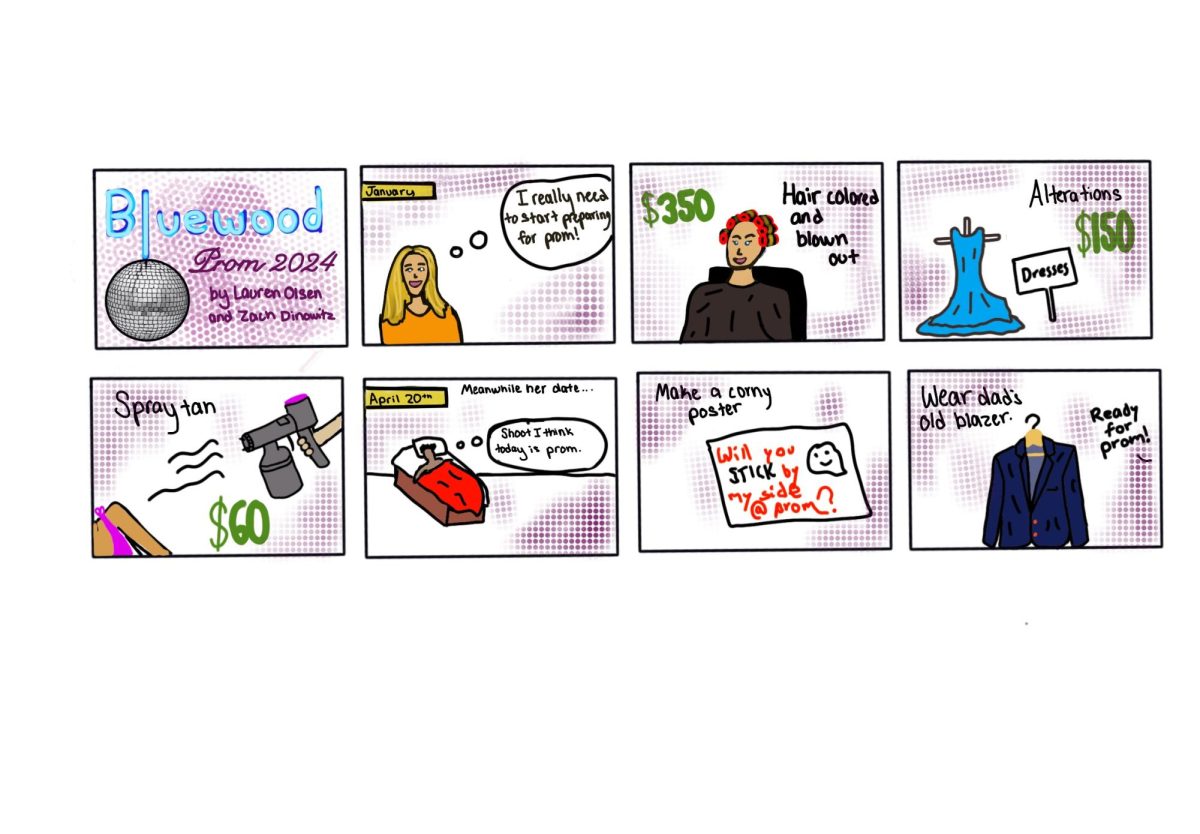In September, Lucy Tantum wrote an opinion article, questioning if schools should support football teams in light of recent evidence linking football to traumatic brain injury. Last issue, a Redwood Parent, Shirley Foster, wrote a letter to the editor about Tantum’s piece. This letter is a response to both Tantum’s and Foster’s piece.
Dear Editor,
I was raised in a football family: my father played college football at Northwestern, and I grew up hating Michigan and Notre Dame. I heard many stories of the serious concussions my dad suffered against those teams. G is a unit equal to the force of gravity. A low-speed auto crash leads to an impact of 10 to 30 G. High school players can receive blows to the head equal to 289 G. Even the low-level hits during a game register 40 G.
I’ve coached Ms. Tantum with the Redwood Speech and Debate team. She is one of our captains. I find Lucy to carry little bias and to have a deep understanding of research. An opinion piece is designed to start a dialogue in the community about an issue. The Giants who I know wouldn’t feel coerced or influenced by allegedly inflammatory rhetoric from Ms. Tantum.
When reading Ms. Foster’s article, I was struck by how hostile she was. She accused Ms. Tantum of having “bias,” yet the classic definition requires the notion of “a preference that inhibits impartial judgment.” The accusation that Ms. Tantum did not fully research the topic is simply wrong. I might point out that Ms. Foster provided no research on the concussion issue:
The research noted in Ms. Foster’s article has no bearing on brain trauma: teen driving — my fear as a parent wasn’t driving to school — it was driving on weekend nights; cheerleading—actually this example supports Ms. Tantum’s thesis, as that sport has evolved into risky aerial manuevers; baseball and softball-these are not brain injuries; and regular sports injuries — I note football has the highest injury rate (my guess, also the more severe physical injuries), with no isolation of brain injuries.
All of the benefits listed by Ms. Foster regarding football are equally available from sports with limited risk of brain trauma and from all Redwood non-sporting activities which include, among others: music, drama, Mock Trial, Model UN, speech and debate, rocketry, robotics, leadership, the Bark, peer resource, and student government.
The brain trauma issue is far more severe than Ms. Tantum’s opinion piece. I note that The New York Times archives nearly 200 articles on the issue. Here’s what I learned:
First, the high school brain is still developing and suffers more from brain trauma. Many experts believe that up to 20 percent of football players suffer a brain trauma during the season. New research indicates that younger players suffer longer lasting damage to cognitive abilities. One scary part — and despite Ms. Foster’s assurances that no player this season has suffered a concussion — the American Association of Neurological Surgeons notes that in many cases, there are no signs of trauma. Experts noted that teenagers are especially susceptible to mass cellular suicides (when even minor additional head traumas cause brains cells to commit suicide — resulting in a massive loss of neurons). The loss is permanent. Sadly, you just don’t know if a concussion has occurred.
Second, I know head coach Corky, and have the highest regard for his concern for young athletes. The reality is, despite the remedies noted by Ms. Foster, penalties and pre-season brain scans have not and cannot reduce the risk to developing young minds. Studies have shown that repetitive, but less forceful impacts, even those with no acute symptoms or signs, can be a cause of chronic brain injury.
A study of college football players showed that with these sub-concussive hits, traumatic brain injury occurred within hours after the game and in some cases continued for six months. An average lineman endures up to 1,200 sub-concussive hits over the course of the season. Purdue University studied football players who had not suffered a concussive event, they found that “when they scanned concussion—free players a few weeks into the season and compared the scans to the pre-season scans, many players had long-lasting brain changes.” A scarier thought is that the damage from those hits appears to be cumulative. Sadly, seemingly non-violent blows to the head lead to brain trauma.
Third, and I worry about this the most, each brain trauma increases the risk of a subsequent brain trauma by a factor of three to six. Here’s what neurologists are finding: These brain traumas lead to a shrinkage of the brain. Sadly, as a player advances in football, his brain suffers more and more trauma.
Fourth, school work suffers for an extended period of time. A study from NYU found that brain changes could be detected up to a year after even a mild concussion. Brain injury specialists note that the mental exertion of normal classwork can worsen the effects. Symptoms include memory and concentration problems, reduced verbal ability, personality changes, headache, and excessive drowsiness. A study found that an athlete with two or more brain traumas demonstrates a “statistically significant lower grade-point average.”
Lucy was right, football contradicts Redwood’s primary role of instruction.
-Stephen M. Hlebasko
















